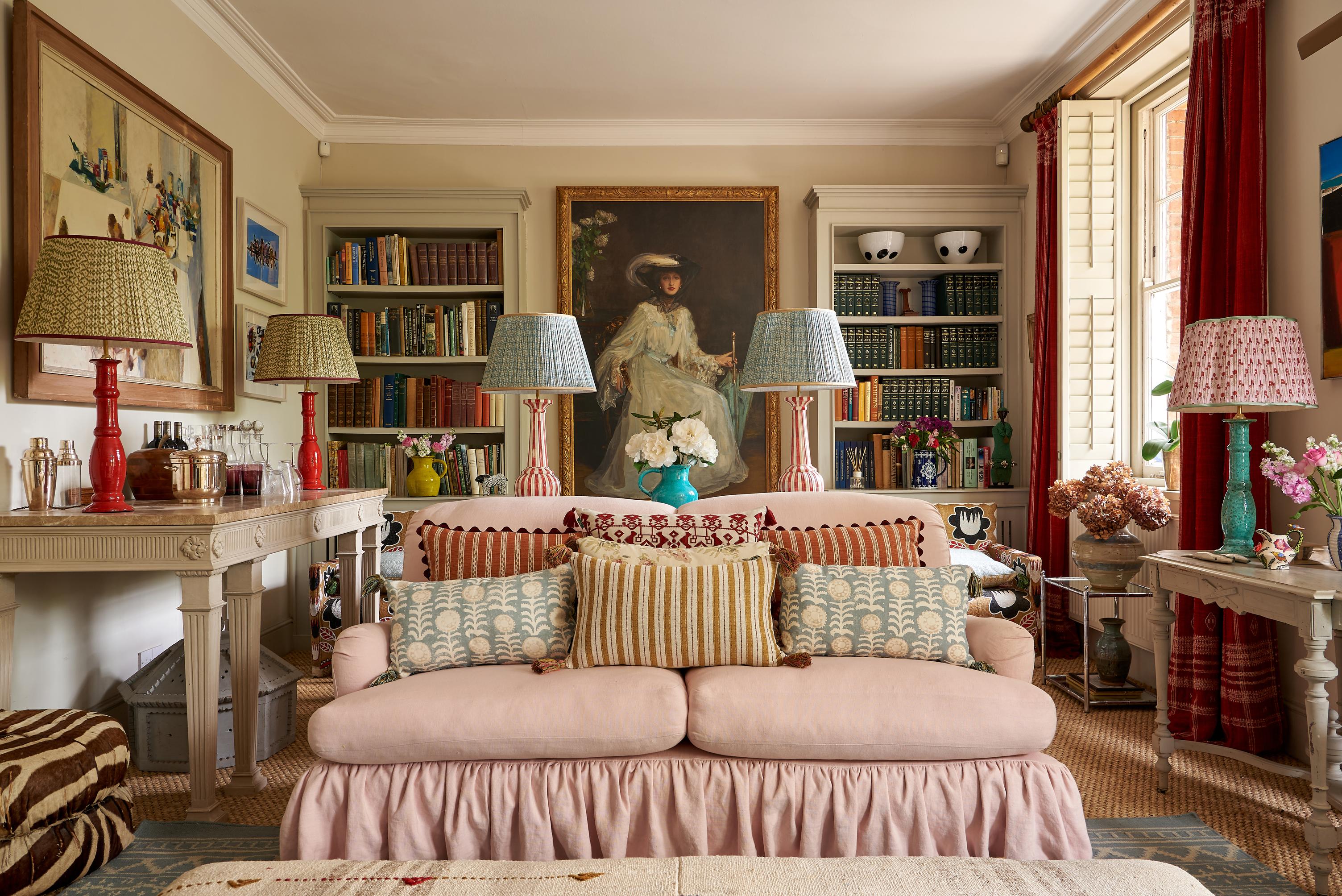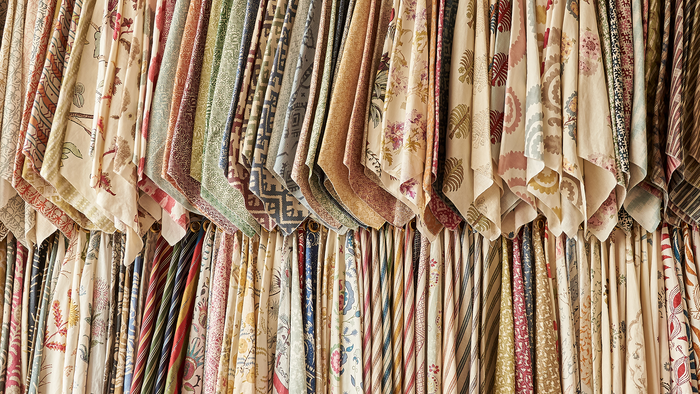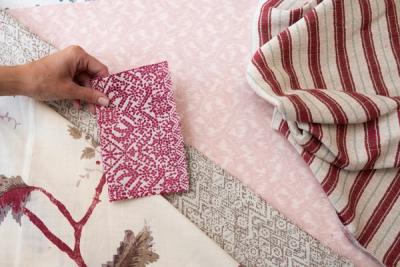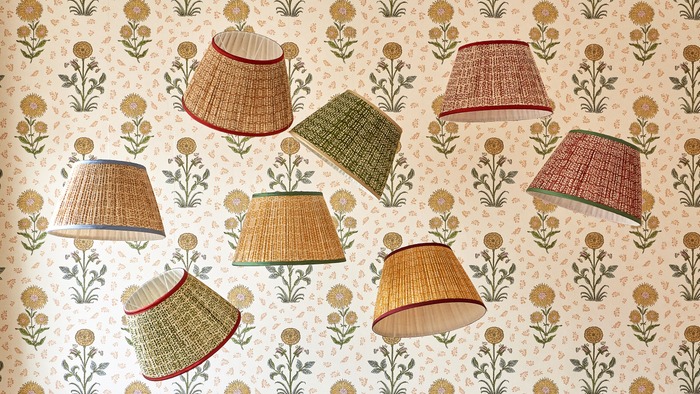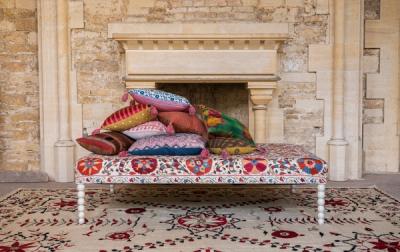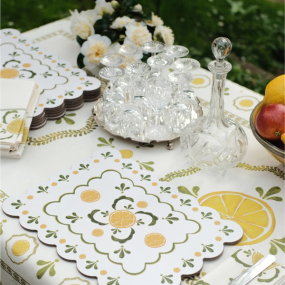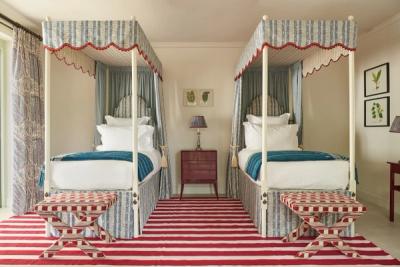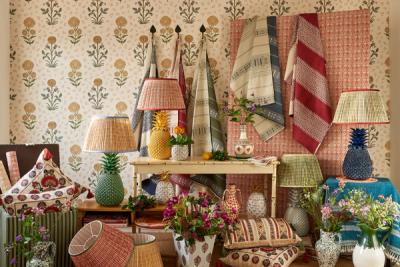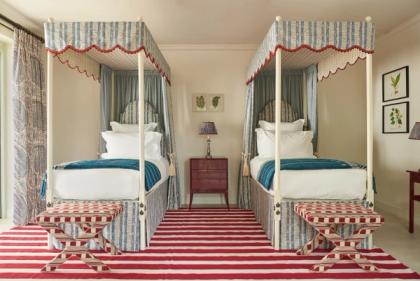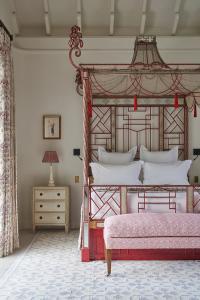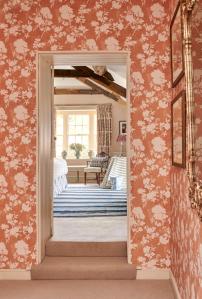Decoration
3 Tips for Making Your Dining Room a Feature, Rather than an Extra

3 Tips for Making Your Dining Room a Feature, Rather than an Extra
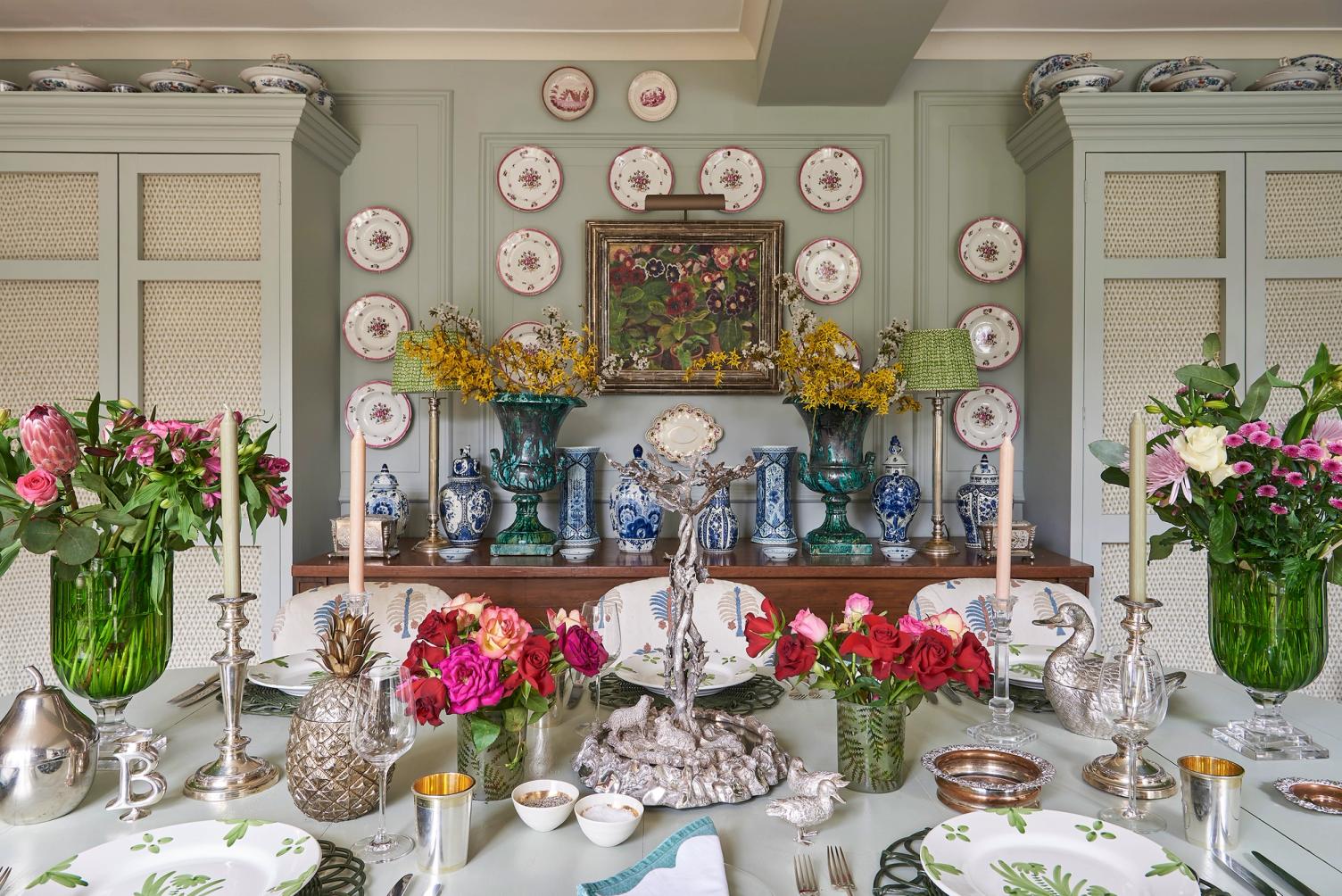
We love a house with a dining room. But, of all the rooms a home has to offer, they tend to be one of the trickiest rooms to get creative with. True, the guest bedroom poses its fair share of problems – and the cloakroom is, perhaps, the least enticing room of all for renovations – the dining room can feel like a sort of ‘one and done’ room.
Generally, once these rooms have been outfitted with a table and chairs, some ambient lighting, and a couple of wall-hangings, we tend to leave them to themselves. They will, of course, get plenty of use (unlike the guest bedroom, which tends to go through seasons of its own), but can easily start to represent something of a creative slump compared with other rooms.
But, while the dining room has a very particular role to play, that doesn’t mean it has to be any less exciting to outfit than the living room, snug, kitchen or bedroom. Here are our top five tips…
1. Elevate your lighting
We’re going to go ahead and assume that your dining room was already outfitted with ambient lighting when you got the house.
Ambient lighting is provided by your overheads, and the dining room is a great space to explore a more sculptural lighting fixture for the ceiling – something that makes a statement, and roughly follows the shape and length of the dining table to really highlight it.
However, our dedication to decorative lighting knows no bounds, and the dining room is an ideal space for introducing a more versatile, atmospheric type of lighting. Adding two or three decorative lamps into the space will mean that the room is ready to make that transition from day to evening.
Candlelit dinners seem like a good idea until you are confronted with how weak a single flame is. Combine a few pillar candles on the table with a few lamps placed at the edges of the room, and you will have a much more intimate level of lighting than the sort you will get from your overheads.
2. Incorporate ‘tablescaping’ into your list of hobbies
The difference between laying the table and tablescaping is like the difference between putting up a wreath and some tinsel and decorating for Christmas, or smoothing the bedding flat and making the bed. It’s gained a lot of popularity in recent years thanks to Instagram and Pinterest, and it offers the ideal alternative to a beautiful dining table that sits empty for 90% of the time.
Having a table that appears permanently ready for the next big meal may not be to everyone’s taste, but, if you like the sense of motion and interest it brings to the dining room, it could be the perfect solution.
It's great if you tend to reserve the dining room for special occasions, since you can keep the room looking ready and beautiful – not just empty and waiting for the next party or extended family meal. True, you’ll probably want to refresh the dishes and tablecloth when the time actually comes to host a meal, but that’s a relatively low-effort task in exchange for a table that looks beautiful (instead of empty) all year round.
You can find plenty of inspiration in our article on creating the perfect spread with tablescaping.
3. Make the most of the walls
Painting the dining room a solid colour may feel like the path of least resistance – after all, it’s not going to be seen and appreciated anywhere near as much as the family room – but that cosy red or a refreshing sage has had its day. And, in a room with limited options in terms of furniture, the walls represent your best opportunity to get creative and really explore your style.
For us, wallpaper is the perfect way to introduce a little extra appeal into a room that is starting to feel like a has-been. You might even utilise this lesser-used room as a way to explore something more experimental, such as mixing wallpaper prints.
Alternatively, if you want to make the dining room a more unique space, then consider breaking onto the ‘fifth wall’ of interior design and having your decorator wallpaper all the way over the ceiling, too. While it might sound like an easy way to overwhelm a smaller room, it’s actually incredibly effective – and perfect for a room that is, ultimately, dedicated to creating a great atmosphere.
More from Decoration
